Content:
A plant called the herb thistle belongs to the Asteraceae family. Its botanical designation is "Carduus nutans L" (in Latin it is also called "Silybum marianum").
Description of culture
The historical nickname the herb was derived from the folk image "scaring away devils", which is quite consistent with the mystical experience of a purely folk remedy. In another way, it can be called as prickly burr, hedgehog or red-headed thistle. This list can be supplemented with such names as thistle, bluehead, milk jug and silver tartar.
In order to imagine what a thistle plant looks like, it is enough to know that it is a herbaceous bush with a thick, straight stem and spreading branches. On them grow short-petied, very tough and prickly leaves at the ends.
The flower blooming on its very head is distinguished by a rich, bright purple color. It is surrounded by a border of tightly closing leaves, on the tip of which a thorny thorn grows.
Between the dense foliage on the thistle bushes during the flowering period, whitish or grayish-greenish seed inflorescences bloom, forming a fruit called "achene".
You can add information about how the thistle grass looks externally by describing its rhizome (it looks rather thick and slightly rolling). The medicinal herbaceous thistle blooms in summer from July to September. Its homeland is considered either the Baltics or North Africa.
Varieties and varieties
The herb thistle (or silver tartar) belongs to perennial thorns, numbering about 130 subspecies. However, only a small part of them are used as medicines, as well as in traditional medicine. The most famous of these plants are given in the following list:
- Common thistle thistle.
- Curly and drooping tartar.
- Small-capsized variety.
On a sunny fine day, the thorns of the first of these species diverge to the sides of the trunk, on a cloudy day they are tightly pressed against its head. In order to prepare remedies based on it, not only grass rhizomes are used, but also its flowers, leaves and stems. It usually grows along the sides of country roads and blooms from June to the very end of October.
This type of grass is propagated by the seed method, that is, through sowing seeds directly into the ground. This is why any hobby gardener can deliberately grow this biennial plant in their own backyard garden.
During spring or autumn sowing, the seeds are immersed in the ground to a depth of about 2-2.5 cm at a distance of about 40-50 cm from one another. This variety is not very demanding on the quality of the soil, but light, well-drained soils will be preferable for it.
Useful properties of culture
All varieties of thistle have one common property - they are widely used in practical and traditional medicine. When dried, this plant is added to tea blends that help with the following diseases:
- For coughs and bronchitis.
- In case of urinary retention.
- With menstrual ailments.
Thistle is recommended to be used in combination with other medicinal herbs and agents that significantly improve the condition of the human body. The therapeutic effect in this case is significantly enhanced, helping to get rid of the following diseases:
- Stomach disease and liver upset.
- Ailments in the intestines and skin lesions.
- For ailments in the ear, throat and nose.
- If necessary, getting rid of hemorrhoids.
Herb-based oils are widely used in the manufacture of cosmetics. Thistle is especially valued for its absolute harmlessness, as a result of which no contraindications to its use as a therapeutic agent have been found so far.
Collection and procurement
The most suitable time for harvesting the ground part of the thistle is from June to August. For harvesting rhizomes, the first days of spring and autumn are considered the most convenient moment. The roots of this herb, pre-cut in two, are dried in the open air in the presence of heat and drafts. Well-dried and finely chopped roots are then packaged in paper bags or cotton bags of suitable capacity.
To prepare a "miraculous" decoction based on the magical properties of this herb, experts advise to finely chop the raw material and place it in a cauldron with spring or consecrated water, boiling over low heat.
Boil the thistle-based infusion, preferably for at least 20 minutes, after which the resulting potion can be used as directed.
In conclusion, it should be said that, despite its mystical name, this herb brings tangible benefits in practical activities. The plant is not yet recognized by official medicine, but its use as a therapeutic agent is considered completely legal.
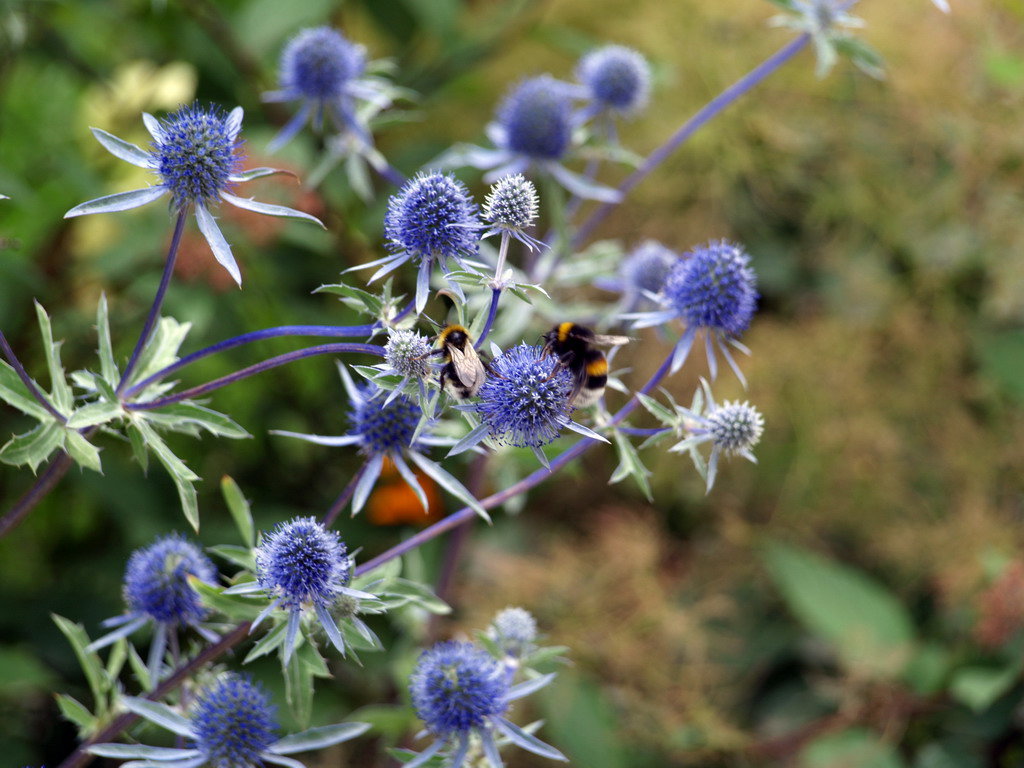
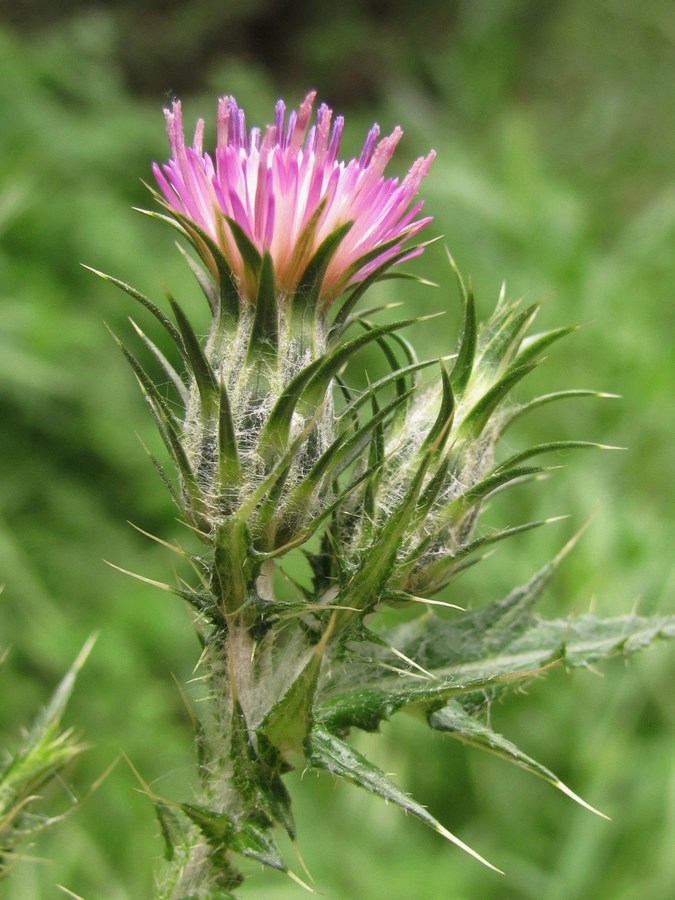
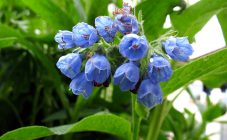
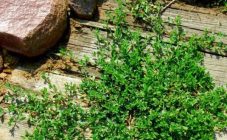
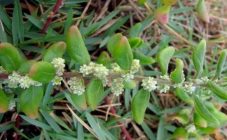
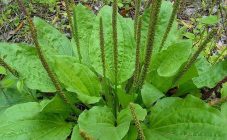
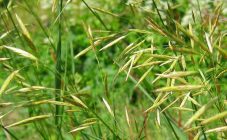
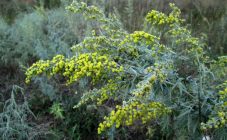







You are talking about a thistle, but in the main photo you have a completely different plant, which is called a bluehead.
Yes, they do not care, the main thing is to click on the teasers so that.